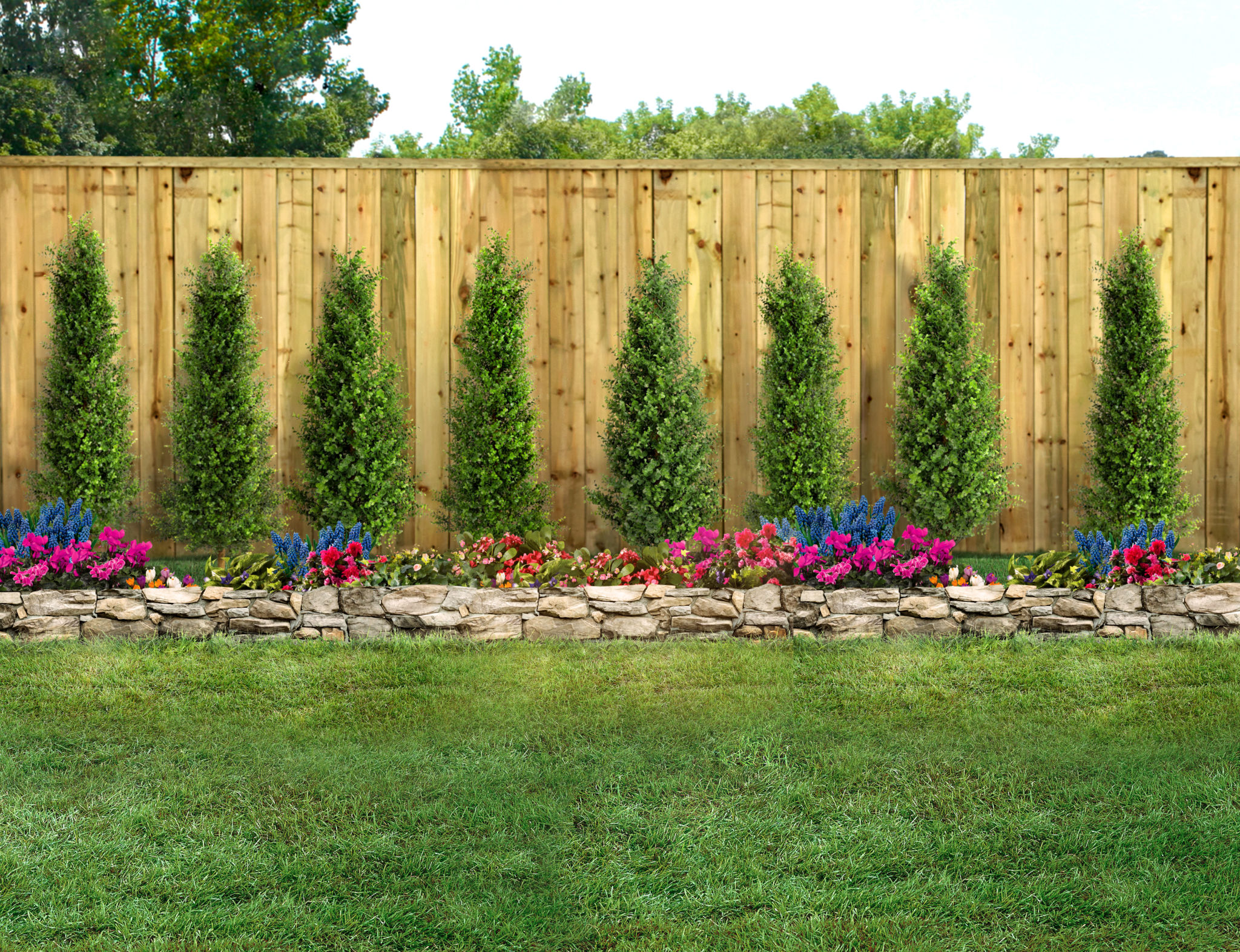DIY Tips for Growing Berries and Apples in Your Backyard
Why Grow Your Own Berries and Apples?
Growing your own berries and apples in your backyard not only provides you with fresh, delicious fruit but also allows you to control the growing process, ensuring everything is organic and pesticide-free. Plus, it's a rewarding hobby that can be enjoyed by the whole family.
Berries and apples are relatively easy to grow, even for beginners. They require minimal maintenance once established and can yield a bountiful harvest with the right care. Let's explore some essential tips to help you start your own backyard berry and apple orchard.

Choosing the Right Location
The first step in growing berries and apples is selecting the perfect spot in your backyard. Both berries and apple trees thrive in full sun, so aim for a location that receives at least 6-8 hours of direct sunlight each day.
Ensure the soil is well-drained, as waterlogged roots can lead to diseases. Conduct a simple soil test to check the pH level; berries prefer slightly acidic soil, whereas apple trees do well in neutral to slightly acidic soil.
Space Considerations
When planning your orchard, consider the space each plant will need. Apple trees require more space, so plant them at least 15-20 feet apart. Berries, like raspberries and blackberries, can be planted closer together, around 3-4 feet apart.

Preparing the Soil
Once you've identified the perfect spot, it's time to prepare the soil. Begin by clearing any weeds or grass from the planting area. This helps reduce competition for nutrients and water.
Incorporate organic matter such as compost or well-rotted manure into the soil to improve its texture and fertility. This step is crucial for providing your plants with the nutrients they need to grow strong and healthy.
Mulching and Watering
After planting, apply a layer of mulch around the base of your plants. Mulching not only helps retain soil moisture but also suppresses weeds and maintains a consistent soil temperature. Be mindful to keep mulch away from the stems of your plants to prevent rot.

Pruning and Training
Pruning is an essential part of growing healthy berry bushes and apple trees. Regular pruning encourages better air circulation, reduces disease risk, and promotes fruit production. For apple trees, pruning is best done in late winter before new growth begins.
Berries require less intensive pruning but should be trimmed regularly to remove dead or weak canes. Training young plants onto trellises or supports can also help manage their growth and maximize space.
Pest and Disease Management
Even with careful planning and maintenance, your plants may still encounter pests or diseases. It's important to monitor them regularly for signs of trouble. For organic pest control, consider introducing natural predators like ladybugs or using insecticidal soap.
If you notice any disease symptoms, such as discolored leaves or stunted growth, promptly remove affected areas to prevent spread. Keeping your plants healthy with proper care is the best defense against pests and diseases.

Harvesting Your Bounty
The ultimate reward of growing your own berries and apples is the harvest. Timing is everything; pick berries when they're fully ripe for the best flavor, usually when they easily detach from the plant.
Apples should be harvested when they reach their full size and color, with a slight twist releasing them from the branch. Enjoy your fresh produce straight from the garden or preserve them for later use in jams, pies, and more!
